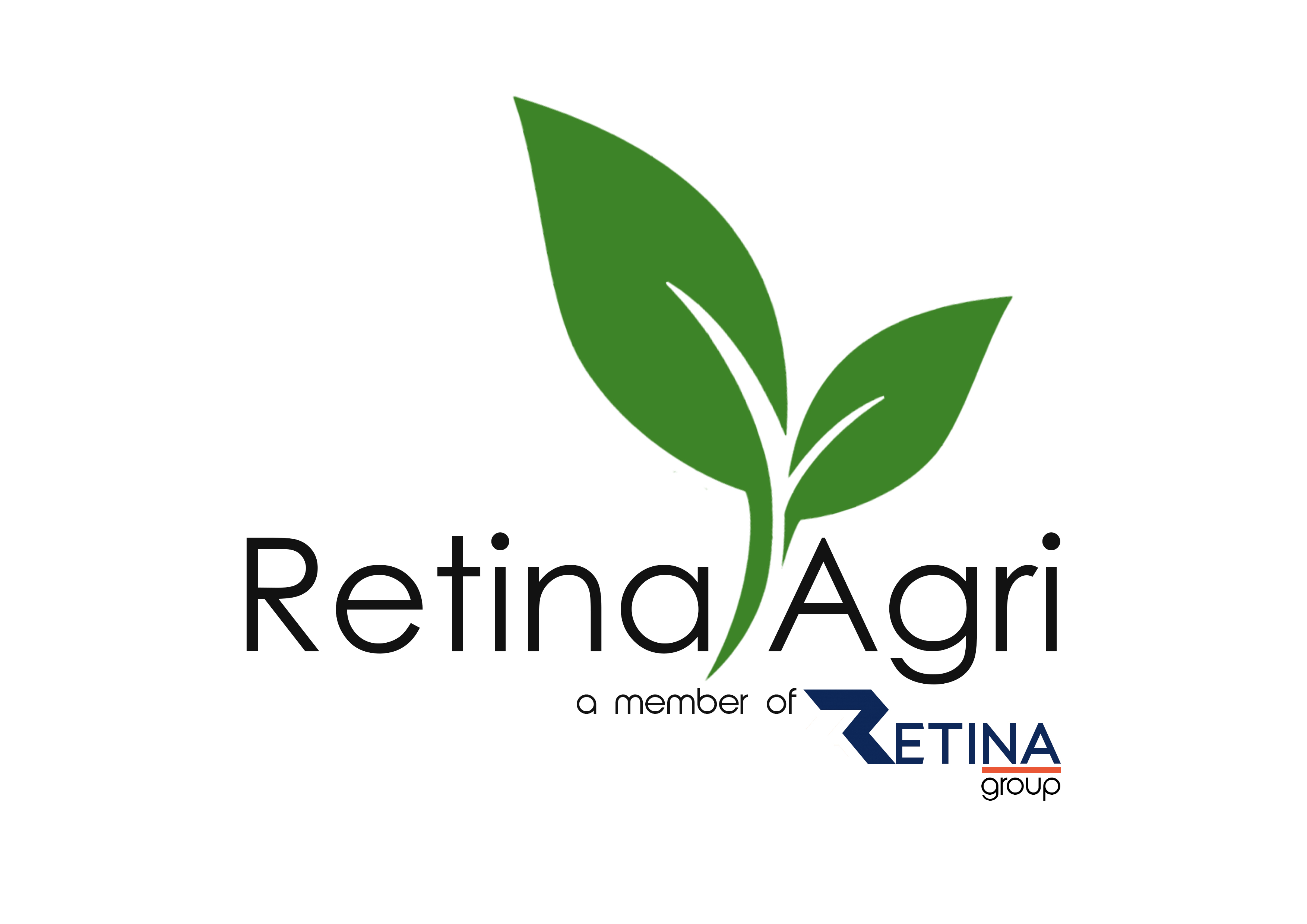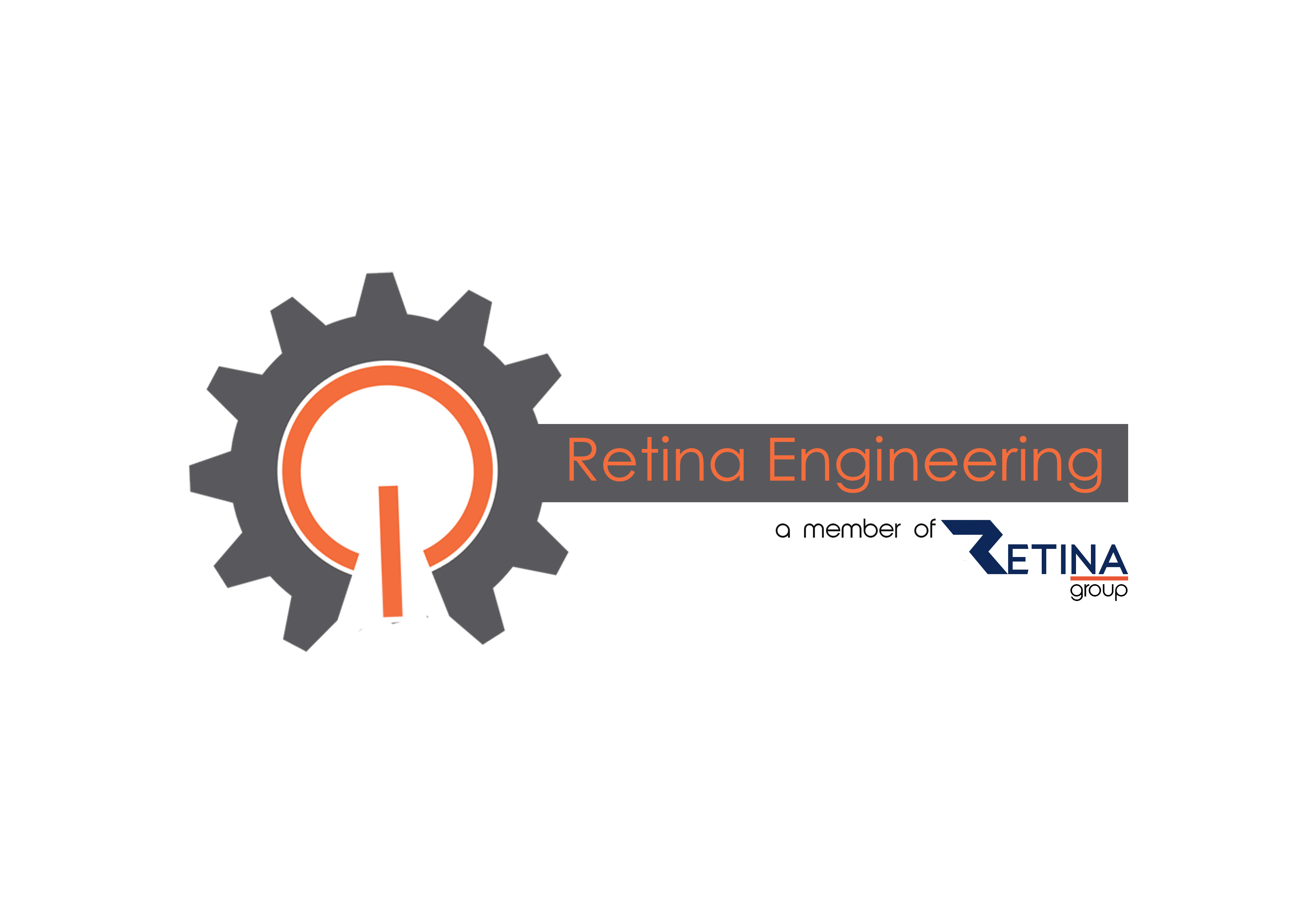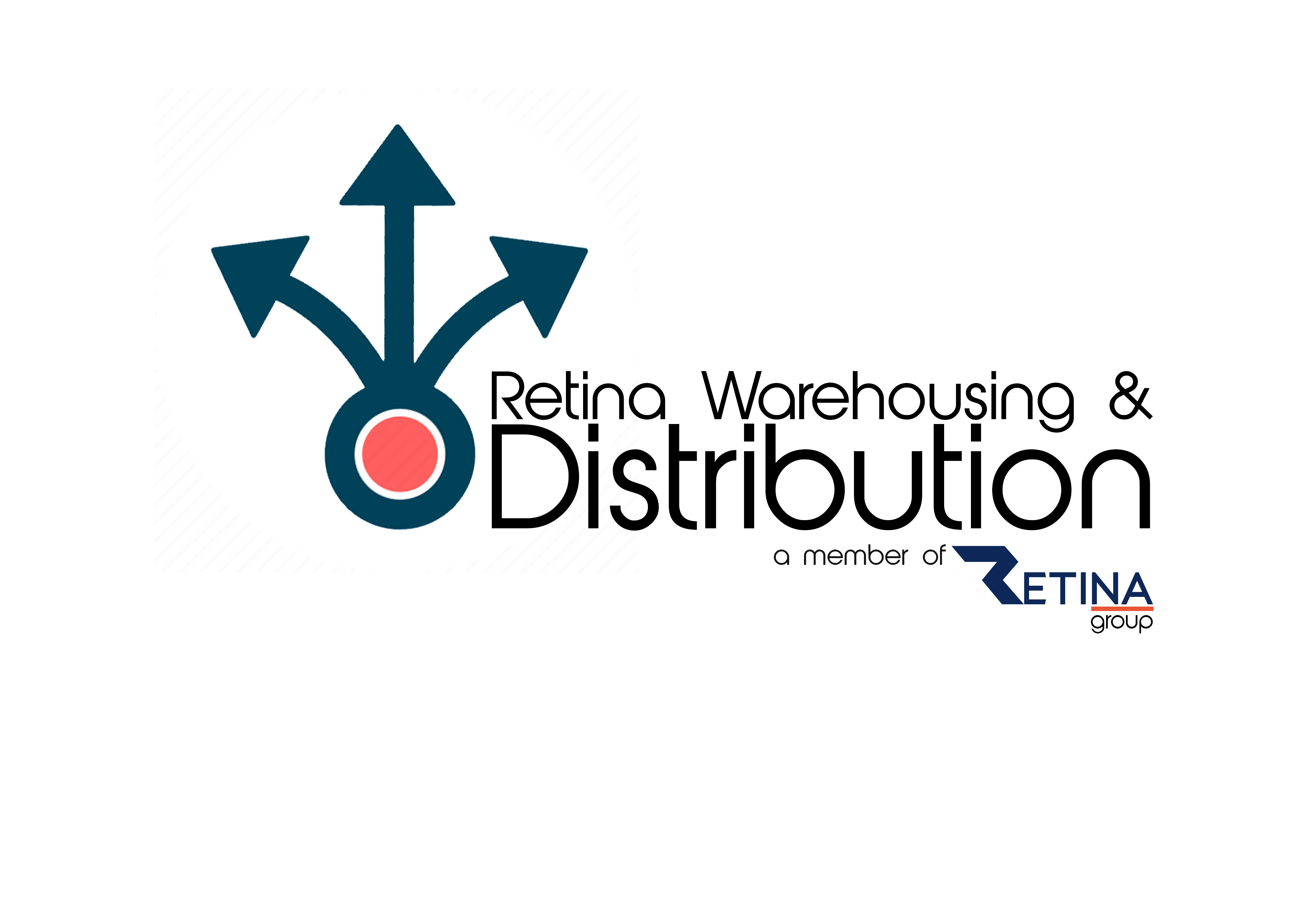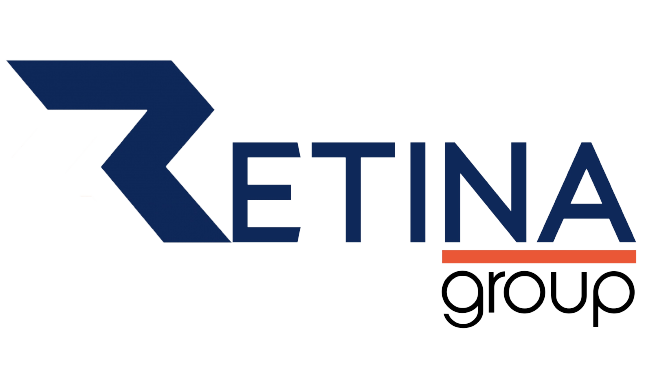Our deep industry knowledge and expertise helps foster success across Retina Group companies. By providing technology expertise, operational guidance and capital for sustainable growth, we empower organizations across all industries to stay ahead in the digital economy.
Retina Group was built with a unique perspective and approach.
Our focus on sectors is at the core of our investment strategy. Our investment teams are principally organized around sectors—which means that investors who focus on diverse products and strategies across the firm work together to build deep insight and relationship networks in our key sectors. Sharing ideas and intellectual capital across the firm gives us distinctive insight, and this cross-platform leverage enables us to bring the right capital solutions to compelling opportunities.
More than 70% of our partners have made investments across more than one platform. We call this approach “shared teams and shared themes,” and we build it into our culture by having open investment committees that can be attended by professionals from all platforms, products, and levels of seniority.
Learn more about the sectors we’re pursuing firmwide:

OVERVIEW:
The agriculture market is an essential sector that provides food, fiber, and other materials for human use. It is a diverse industry that includes crop production, livestock farming, fishing, and forestry. The agriculture market is crucial for sustaining the global population, and its growth is heavily influenced by economic, social, and environmental factors.
Challenges:
The agriculture market faces several challenges, including climate change, soil degradation, water scarcity, and population growth. Climate change has resulted in unpredictable weather patterns, making it difficult for farmers to plan their production cycles. Soil degradation and water scarcity are major threats to agriculture production, as they reduce soil fertility and crop yield. Population growth has led to an increased demand for food, which has put pressure on farmers to increase production.
New Technologies:
Advancements in technology have had a significant impact on the agriculture market, providing solutions to the challenges faced by farmers. Precision agriculture technologies, such as GPS mapping and sensors, help farmers make informed decisions about planting, fertilizing, and harvesting crops. Agricultural robots and drones assist in monitoring crops and applying fertilizers and pesticides, while also reducing labor costs. Gene editing technologies are also being used to develop crops that are resistant to pests and diseases, and can withstand extreme weather conditions.

OVERVIEW:
The engineering market is a diverse and dynamic sector that encompasses various disciplines such as civil, mechanical, electrical, and software engineering. The market includes the design, development, and implementation of new technologies and systems to solve complex problems and improve efficiency in various industries. The engineering market plays a vital role in driving innovation, improving quality of life, and promoting economic growth.
Challenges:
The engineering market faces several challenges, including the need to keep up with rapidly evolving technology, increasing demand for sustainability and environmental responsibility, and the need to develop new skills to stay competitive. Keeping up with rapidly evolving technology is a significant challenge for the industry, requiring engineers to constantly update their skills and knowledge to remain relevant. The increasing demand for sustainability and environmental responsibility also presents a significant challenge for the industry, requiring engineers to design and implement sustainable solutions. The need to develop new skills to stay competitive is also a challenge, as emerging technologies require new skill sets.
New Technologies:
New technologies are driving innovation in the engineering market, enabling engineers to overcome the challenges they face and improve their designs and solutions. The integration of digital technologies such as artificial intelligence, machine learning, and the Internet of Things (IoT) are enabling engineers to design more efficient and sustainable systems. Virtual and augmented reality technologies are being used to improve collaboration, visualization, and simulation of complex engineering designs. Additive manufacturing technologies such as 3D printing are also being used to prototype and manufacture parts and components in a more cost-effective and sustainable manner.

OVERVIEW:
The green energy market is a rapidly growing sector that includes renewable energy sources such as solar, wind, hydro, and geothermal. This market aims to reduce carbon emissions and promote sustainable energy production. The global shift towards green energy is driven by increasing environmental concerns, energy security, and the decreasing cost of renewable energy technologies..
Challenges:
The green energy market faces several challenges, including high initial investment costs, intermittency of renewable energy sources, and the lack of adequate energy storage systems. High investment costs have been a significant barrier to the adoption of renewable energy technologies. The intermittency of renewable energy sources like wind and solar means that energy production is dependent on weather conditions, which can lead to supply fluctuations. The lack of adequate energy storage systems also makes it difficult to store excess energy produced during peak production periods.
New Technologies:
The green energy market is being driven by new technologies that are revolutionizing the way energy is produced and consumed. Energy storage technologies such as batteries and pumped hydro storage are being developed to store excess energy produced during peak periods. Smart grids and demand-side management systems are also being used to manage energy consumption more efficiently. Advances in solar panel and wind turbine technology are making them more efficient and affordable, while also reducing their environmental impact.

OVERVIEW:
The imports and exports market, also known as the international trade market, involves the buying and selling of goods and services between countries. This market is crucial for global economic growth and enables businesses to expand their customer base beyond their local markets. The imports and exports market includes various types of products, ranging from raw materials to finished goods, and encompasses various industries such as manufacturing, agriculture, and technology.
Challenges:
The imports and exports market faces several challenges, including geopolitical risks, trade barriers, and changing consumer preferences. Geopolitical risks such as trade wars and political instability can disrupt global trade flows and impact businesses' ability to import and export goods. Trade barriers such as tariffs, quotas, and regulations can also hinder international trade and increase the cost of doing business. Changing consumer preferences and tastes can also impact the demand for certain goods, requiring businesses to adapt and pivot their strategies to remain competitive in the global market..
New Technologies:
New technologies are transforming the imports and exports market, enabling businesses to overcome the challenges they face and expand their global reach. Digital technologies such as e-commerce platforms, mobile applications, and social media are facilitating cross-border trade and enabling businesses to reach customers in new markets. Blockchain technology is being used to improve transparency, security, and efficiency in international trade transactions. Robotics and automation are being used to improve efficiency in manufacturing and logistics operations, reducing costs and improving delivery times.

OVERVIEW:
The warehousing and distribution market is an essential sector that enables the efficient storage and movement of goods from manufacturers to retailers and end consumers. This market includes storage facilities, transportation services, and inventory management systems. The growth of e-commerce and globalization has significantly impacted the warehousing and distribution market, driving the need for faster and more efficient logistics solutions.
Challenges:
The warehousing and distribution market faces several challenges, including rising labor costs, increasing demand for faster delivery times, and the need for more sustainable logistics solutions. Rising labor costs have been a significant challenge for the industry, with many companies struggling to find and retain qualified personnel. The increasing demand for faster delivery times has led to the need for more efficient logistics solutions, which requires substantial investment in technology and infrastructure. Additionally, there is a growing demand for more sustainable logistics solutions, which requires reducing the carbon footprint of warehousing and distribution operations.
New Technologies:
New technologies are driving the transformation of the warehousing and distribution market, enabling companies to overcome the challenges they face. Automation and robotics are being used to improve the efficiency of warehouse operations, reduce labor costs, and increase accuracy in inventory management. Artificial intelligence and machine learning are being used to optimize delivery routes and improve overall logistics planning. The Internet of Things (IoT) is being used to track inventory and monitor the condition of goods in real-time. Sustainable logistics solutions such as electric trucks and drones are also being developed to reduce the carbon footprint of logistics operations.
Retina Group pioneered an approach to value creation that strengthens core operating principles to fuel product innovation and accelerate growth in each portfolio company.
Our proprietary best practices, operating executives and subject matter experts with experience across key practice areas work to adapt a unique value creation strategy to support each company, driving advances in enterprise software and the digital economy.
We are a partner, helping founders and companies create better businesses with enduring market value.

Not only funding or growth, but intellectual partners.
People
We are technologists and engineers at our core, translating ideas into actions.
Ecosystem
Our operations, growth and technology strategies are personalized through thoughtful exchange across our network.
Expertise
We understand business and have the track record in investing, operations, growth and innovation to prove it.
